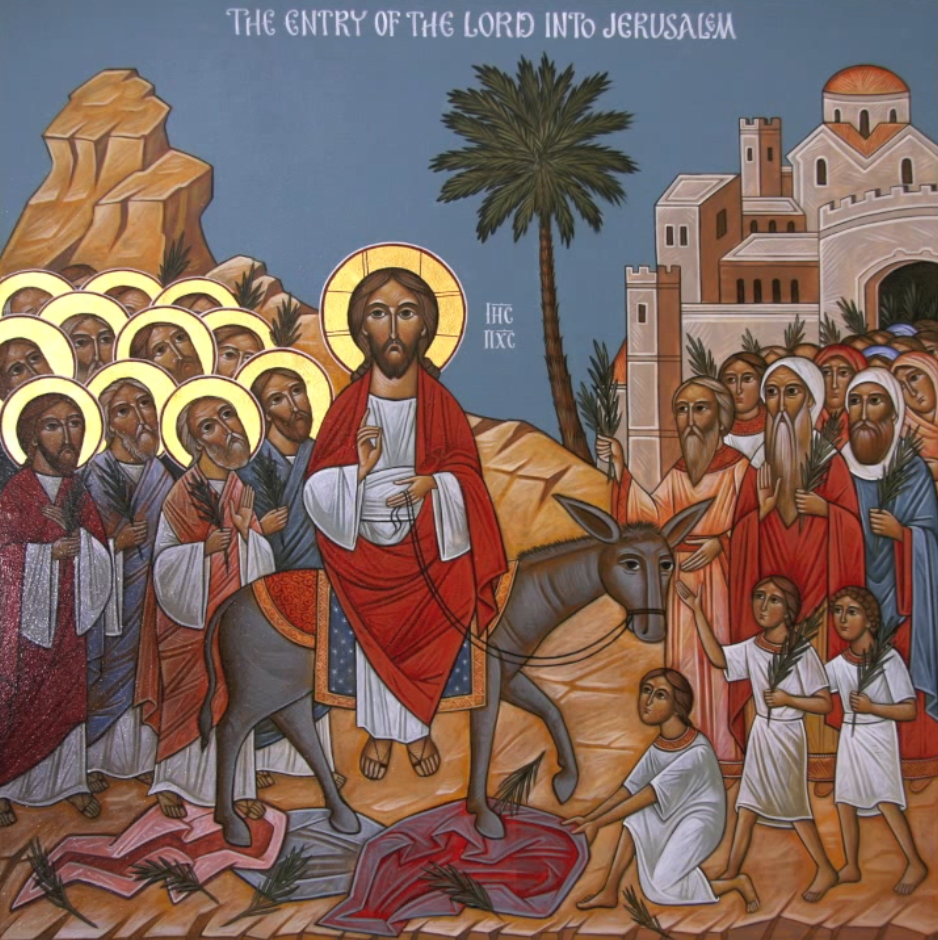 Today, we begin lenten journey of fasting, which I would like to suggest is our annual journey to Bethlehem. The name 'Bethlehem' literally means 'House of Bread', and why would anyone go to a house of bread, if one had plenty of bread? We lack bread—not just any bread, but the "living bread that came down from heaven" (John 6:51). In other words, we are running short on the life of Christ, and we need to travel year after year and replenish ourselves; this is one reason why we as Catholics need to receive Communion at least (frequently is encouraged) once during this time of Lent and Easter.
Today, we begin lenten journey of fasting, which I would like to suggest is our annual journey to Bethlehem. The name 'Bethlehem' literally means 'House of Bread', and why would anyone go to a house of bread, if one had plenty of bread? We lack bread—not just any bread, but the "living bread that came down from heaven" (John 6:51). In other words, we are running short on the life of Christ, and we need to travel year after year and replenish ourselves; this is one reason why we as Catholics need to receive Communion at least (frequently is encouraged) once during this time of Lent and Easter.I'm reminded of a scene from The Nativity Story, one of my favorite movie renditions of the Infancy Narratives (you can watch it here). There is a scene (01:02:20 - 01:06:00) that demonstrates the role Joe has in our journey to Bethlehem. At the beginning of the scene, there is another traveling family whose donkey stumbles and falls. Joe says to Mary, "Their animal is weak."
Following this scene, Mary and Joe break for the night, but before sleeping, they partake of the simple meal of bread. Joe prays a traditional Jewish prayer that can be translated as "Blessed are you, Lord God of all creation, for through your goodness we have received the bread we offer you: fruit of the earth and work of human hands, it will become for us the bread of life." (If this prayer sounds familiar, it's because the priest prays this prayer at every Mass; although, you might not hear him all the time.) Then Joe breaks the bread and gives half to Mary, he takes a bite from the other half and then puts the rest of his half into his satchel bag.
We then take a quick break to watch the three magi re-find their bearings (which is what we do in the Mass), and then we're back to the Holy Family. In this part of the scene. Joe takes that piece of his half of the bread and gives it to their donkey. Joe feeds the donkey from his half of the bread! He's probably been doing this the whole trip, which is why Mary and Joe's donkey is not weak, like the other family's.
This scene is significant because it visualizes what happens at every Mass. Joe is the priest, we are the donkey, and Mary is the whole Church. We are only able to travel through Lent with the difficulties of our lenten practices (indeed, all of life), because we are fed the Bread of Life by the hand of the priest, who took bread, broke it, and gave to us some from his part.
So, as we begin and enter into this Lenten Journey—our journey to Bethlehem—let us turn to Joe who does give to us the nourishment that gives us strength to continue to encounter the Lord face-to-face!



































